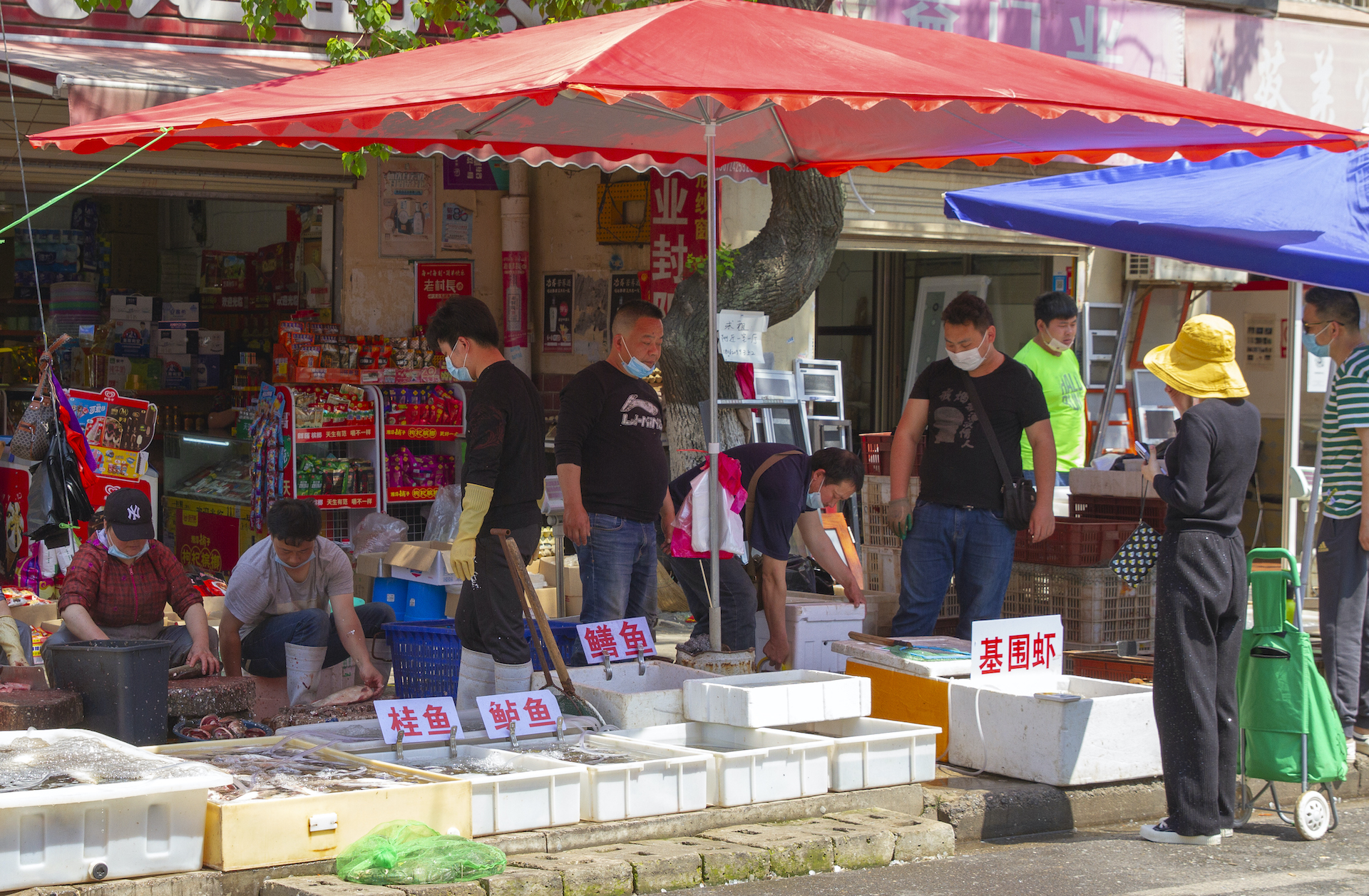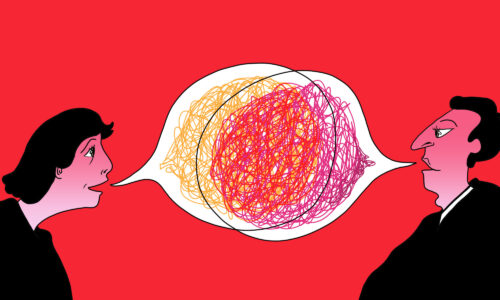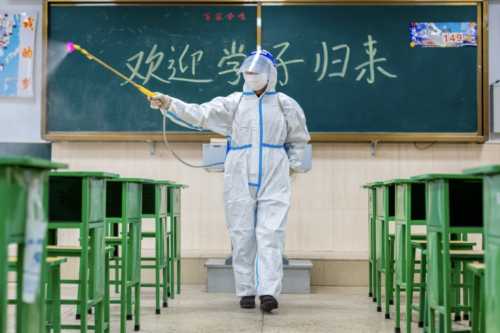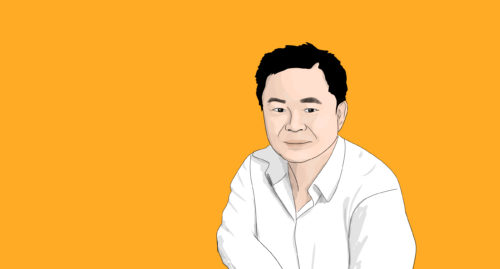COVID-19 originated from Wuhan market, new studies find
Two new studies suggest that COVID-19 first spread in humans at the same live market in Wuhan where the initial infections were reported.

A pair of extensive studies released over the weekend suggest that COVID-19 originated from a large food and live animal market in Wuhan, adding to a mounting case of evidence that argues against theories that the virus was leaked from a lab.
- Researchers from top global universities concluded that the coronavirus was likely present in live mammals sold at the Huanan Seafood Wholesale Market in late 2019, and that the virus spilled over and infected people in the area. Neither study has yet been peer-reviewed or published in a professional journal.
- “When you look at all of the evidence together, it’s an extraordinarily clear picture that the pandemic started at the Huanan market,” said Michael Worobey, an evolutionary biologist at the University of Arizona and a co-author of both studies, per the New York Times.
- The Huanan Market was identified as a zone of transmission in the earliest days of the pandemic: Lǐ Wénliàng 李文亮, one of the first doctors to report on COVID-19 before it even had a name, wrote a WeChat message to other physicians on December 30, 2019 that “there are seven confirmed cases of SARS from Huanan Seafood Market.” He was censured for that message.
The origins of COVID-19 have never been proven conclusively, despite a series of efforts to track down the source of the pandemic. The United States and China in particular have accused each other of “politicizing” attempts to track down the virus.
- Researchers reconsidered the accidental lab leak hypothesis in May last year, after a group of 18 scientists criticized an initial World Health Organization (WHO) report for dismissing the theory too quickly.
- A second attempt was conducted by WHO in October of last year, after the United States declassified an intelligence report that confirmed that it had not reached a conclusion on the origins of COVID-19.
- China has been accused of trying to “hide” the initial outbreak in Wuhan, after Chinese health authorities disinfected the area and removed all live mammals suspected of transmitting the virus before research could begin.
China news, weekly.
Sign up for The China Project’s weekly newsletter, our free roundup of the most important China stories.
Knowing where COVID-19 came from may be comforting, but it’s unlikely to change much. “We [already] know how to respond to each scenario for origin,” writes Robert C. Gallo and Dean T. Jamison, two prominent U.S. researchers on virology and epidemiology. “The best way forward may be to minimize the distraction of a politicized attempt to assess origins while, instead, investing in long-term international collaborative endeavors on [COVID-19] and in preparation for future epidemics and pandemics.”






